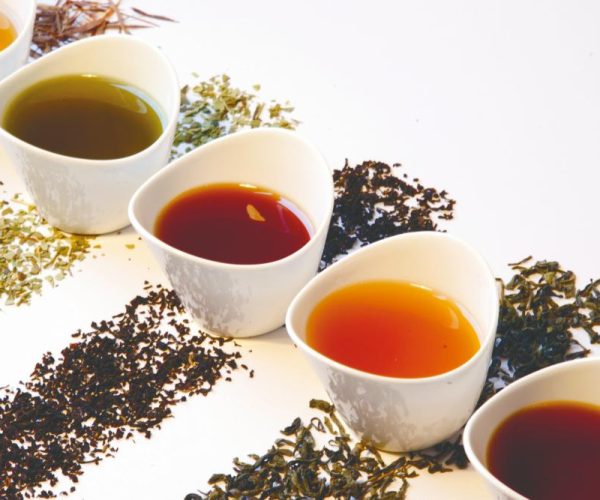Project Report For Tea Blending Unit
Introduction
Project report for Tea Blending Unit is as follows.
A tea blending unit is a facility that combines several types of tea leaves and ingredients to create unique tea blends. It is an important phase in the tea production process since it allows tea manufacturers to generate a wide range of flavours, smells, and characteristics to respond to the vast range of tea users’ tastes.
The tea blending unit is normally made up of a variety of technology and equipment intended to handle vast amounts of tea leaves. These machines are capable of precisely blending various types of tea leaves, herbs, spices, and other materials to obtain the desired flavour profiles. To guarantee uniformity and quality in the final tea blend, the blending procedure requires precise measuring and combining of the components.
Tea blending facilities are in charge of developing both classic and novel tea blends. Traditional blends may include popular kinds like as English Breakfast, Earl Grey, or Masala Chai, whilst creative blends may add exotic ingredients or new flavour combinations to suit to tea consumers’ shifting tastes.
To achieve the correct flavour balance, tea mixing demands knowledge and experience. To make harmonic blends, blenders must examine aspects such as the characteristics of different tea leaves, the desired strength and aroma, and the compatibility of additives. They may also experiment with various quantities and combinations in order to create new and fascinating flavours.
At the completion of the tea blending procedure, the blended tea is subjected to quality testing to verify that it fulfils the necessary requirements. This might include sensory evaluation, in which expert tasters evaluate the scent, flavour, and appearance of the tea. The tea is also checked for consistency, quality, and compliance with food safety regulations.

Benefits Tea Blending Unit
Tea Selection: The first step is to choose the suitable tea leaves for mixing. Tea leaves from various places and kinds are picked based on their flavour profiles, fragrance, and other qualities.
Ingredients: In addition to tea leaves, other ingredients such as herbs, spices, flowers, or fruits may be used to improve the flavour and create distinctive mixes. These additives are carefully chosen for their compatibility with the base tea and the desired flavour profile.
Tea Leaves Preparation: The picked tea leaves are treated to produce the correct texture and size. To bring out the flavours and fragrances of the leaves, they may be withered, rolled, or dried.
Blending: The tea leaves and other ingredients are combined in exact quantities. To ensure uniformity and quality in the final blend, blenders meticulously measure and combine the components. This phase necessitates knowledge of the flavour characteristics of various teas and additives.
Flavouring: Flavouring agents may be used to improve or vary the taste of the tea mix in specific situations. These flavouring ingredients, which might be natural or synthetic, are carefully introduced in precise proportions to obtain the desired flavour.
Quality Testing: After the blending procedure is completed, the tea blend is tested for quality. Aroma, taste, appearance, and consistency are all evaluated by trained tasters. The tea is also evaluated for food safety compliance.
Packaging: Depending on the target market and customer preferences, the finished tea blend is packed in appropriate containers such as tea bags, loose-leaf pouches, or bulk packaging.
Market Potential Of Tea Blending Unit
The tea market has a 2019 value of INR 33,79,100 Lakhs and is anticipated to increase to INR 49,34,847 Lakhs by 2026, increasing at a CAGR of 5.5% over that time.
Several variables contribute to the market potential of a tea blending unit in 2023. To begin with, there is a growing global trend towards luxury tea consumption, as well as an increased interest in distinctive tea blends. Tea blending units are well-positioned to meet consumer demand for high-quality teas with distinct flavours, fragrances, and health advantages.
Tea’s rising popularity as a beverage option, not just for its flavour but also for its possible health advantages, brings up new opportunities for tea blending units. Tea blending devices may acquire a considerable part of the market with the correct marketing strategy and product positioning.
Furthermore, the proliferation of specialised tea stores and internet tea dealers has generated a demand for artisanal and personalised tea blends. These restaurants frequently work with tea blending facilities to generate special blends for their consumer base. As a consequence, tea blending units may benefit from these collaborations and enhance their market reach.
Project Report Sample On Tea Blending Unit
Need Help?
Create 100% Bankable Project Report
